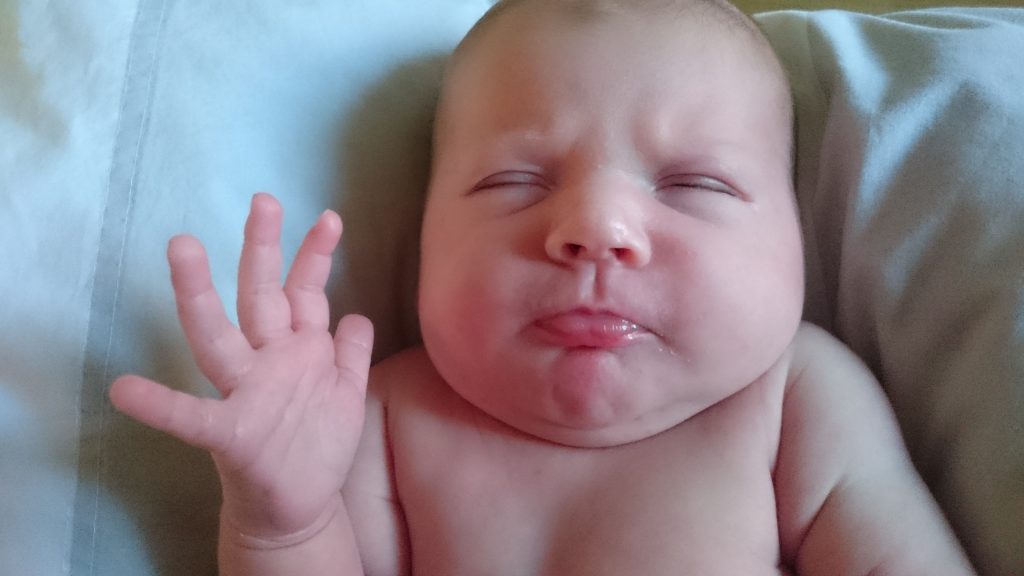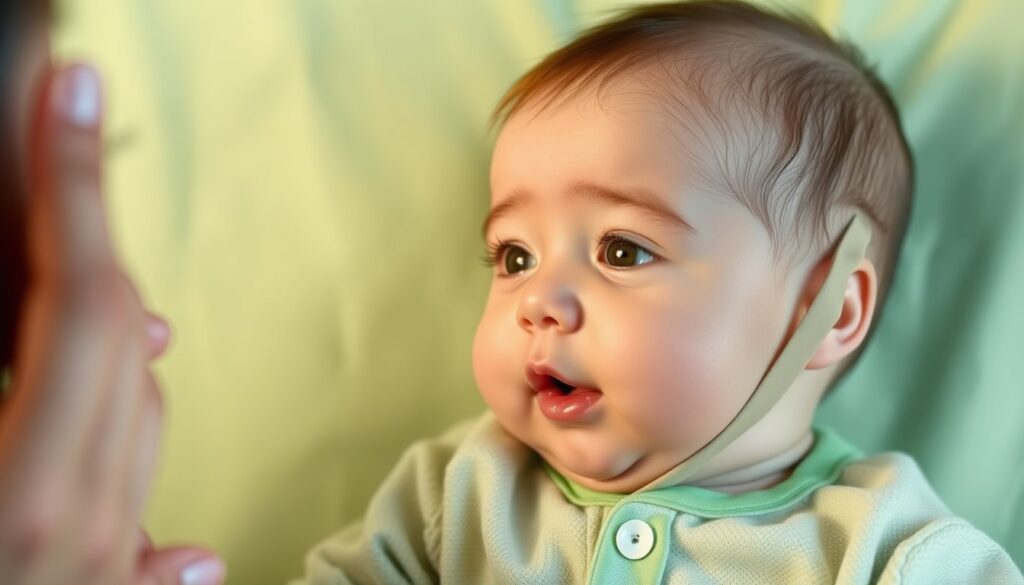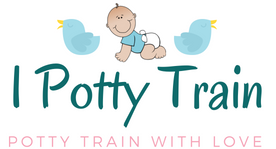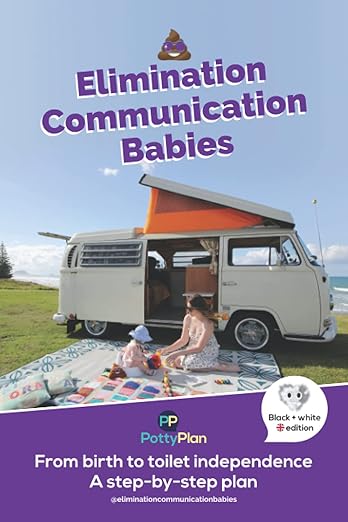Imagine if your baby could tell you when they need to pee or poop, and you could respond without relying on diapers.
That’s not wishful thinking, it’s exactly what Elimination Communication (EC) is all about. I’ve practiced EC with both of my children from birth, and I can say with confidence, it works, it’s beautiful, and it brings you so much closer to your baby.
What Is Elimination Communication?

(c) ipottytrain.com
EC is not a method, it’s a mindset. It’s about trusting your baby’s innate awareness of their body and supporting them to stay in tune with it. Rather than teaching them to go in a diaper and unlearn that later, you support them from the start to eliminate in an appropriate place, with your help.
This is not some fringe trend, it’s how most of the world has raised babies for millennia. Once I discovered it, it felt completely natural and so deeply respectful of my babies’ needs.
Why I Chose EC, and Why You Might Too
- 🧠 Real Communication: From the first weeks, I could see my babies trying to tell me when they needed to go. EC helped me listen, and respond.
- 🧼 Healthier Skin: We barely had to deal with diaper rash. Less time in a diaper means fresher skin.
- 🌍 Better for the Planet: We used far fewer diapers, and that felt amazing.
- 💰 Cost-Saving: Cloth or disposable, they all cost. EC saved us a ton.
- 🧘♀️ Deeper Bonding: This practice slowed me down and made me even more present with my children, and that was priceless.
Does It Really Work? Yes, and Here’s the Science
I know it might sound surprising if you’re new to this idea, but there’s growing research backing up what so many parents already know through lived experience.
- A 2010 study showed that babies give elimination signals from a very young age, and parents can learn to read them accurately (source).
- Another study found that EC kids tend to be out of diapers earlier, and may have fewer problems with toileting later (source).
- Anthropologists have documented that in diaper-free cultures, children are typically potty independent between 12,18 months (source).
This isn’t “early training”, it’s not training at all. It’s communication. Your baby already knows what they need, EC just means you’re listening.

How You Can Start
You don’t need to go all-in overnight. EC can be full-time, part-time, or just during predictable times, like after sleep or meals. I started small and gradually built confidence.
- Observe – You’ll start noticing signals: squirming, sudden stillness, little grunts.
- Offer the potty – I held my babies over the sink or toilet at key times.
- Use sound cues – A “psss” or hum helps create a connection.
- Stay flexible – Some days are smooth, others messy. That’s parenting.
Things People Often Get Wrong
❌ “Isn’t it messy?”
Actually, I found EC reduced messes, with way fewer poop blowouts.
❌ “Aren’t babies too young?”
Not at all. Newborns signal from day one, we just haven’t been taught to notice.
❌ “Won’t it delay potty training?”
Quite the opposite. My kids were done with diapers well before age two (learn more).
From My Family to Yours
“Practicing EC helped me understand my babies better, long before they could speak. I never saw it as a chore, it was one of the most meaningful things I did as a parent.”
Want to Go Deeper?
- Go Diaper Free by Andrea Olson, A resource I love and recommend to everyone.
- Diaper Free Baby, A supportive network for EC families.
- Elimination Communication Babies by Rebecca Larsen, A great book on the subject.
Final Thoughts from the Heart
Elimination Communication is not about never using a diaper. It’s about recognizing your baby’s awareness, showing them they can be heard, and supporting them in a way that’s gentle, respectful, and connected.
✨ For me, it wasn’t just about hygiene, it was about trust. About presence. And about honoring who my children were from the very beginning.

